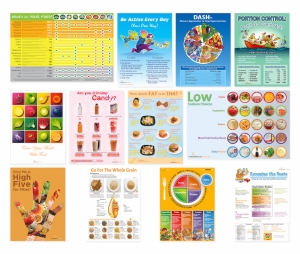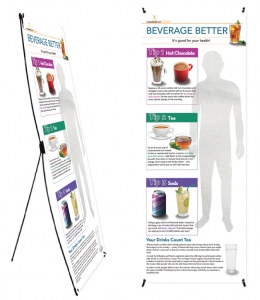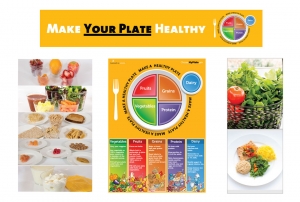What Do You Know About Knives?
How often have you noticed that the perfect tool for the job actually makes the job more fun, as well as easier and quicker to manage?I find myself reminded of this almost daily, especially when I'm working in the kitchen. Grabbing the measuring cup that is well-suited to the ingredient I'm measuring always brings a smile to my face, as does fitting everything well in a mixing bowl that is the perfect size.But I've gotta say, there's one part of tool selection that makes a bigger impression than all the rest, and that is picking a knife.The right knife not only makes a job easier, but it also makes it safer. Make sure that your knives are sharp and your cutting surface is stable. Then choose the right knife.Want to help your clients with this conundrum?Here's a free infographic, all about choosing the right knife. Never sure what those indentations on a blade were for? Not confident in being able to tell the cutting edge from the heel? This infographic has all that information and more!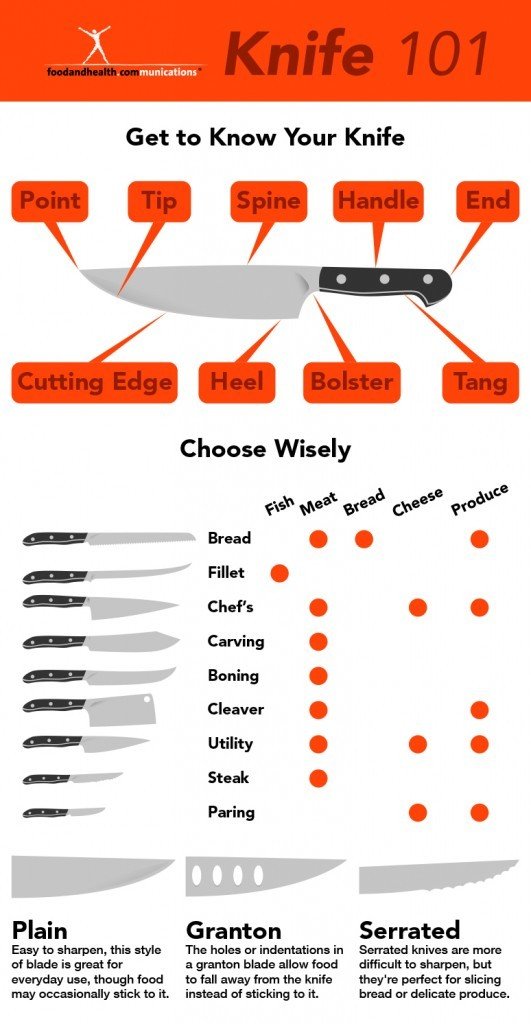 A cleaver, utility knife, or chef's knife are all great options for slicing fresh produce. Choose a serrated knife (like a bread knife) for especially delicate produce or a small paring knife for detail work.This infographic lays out the anatomy of a knife, which knife is well suited for which task, and how to tell the difference between 3 common blade types. To offer your clients an introduction to kitchen safety, this infographic makes a perfect place to start. It can also pep up bulletin boards or displays, or make a fun feature for your next email blast.Here's a PDF of the infographic. How will you use yours?
A cleaver, utility knife, or chef's knife are all great options for slicing fresh produce. Choose a serrated knife (like a bread knife) for especially delicate produce or a small paring knife for detail work.This infographic lays out the anatomy of a knife, which knife is well suited for which task, and how to tell the difference between 3 common blade types. To offer your clients an introduction to kitchen safety, this infographic makes a perfect place to start. It can also pep up bulletin boards or displays, or make a fun feature for your next email blast.Here's a PDF of the infographic. How will you use yours?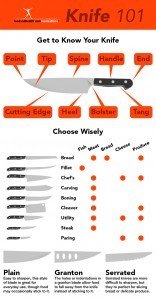 Like what you see? There are tons of other great resources like this one in the Nutrition Education Store. Here are some fun options for nutrition displays!
Like what you see? There are tons of other great resources like this one in the Nutrition Education Store. Here are some fun options for nutrition displays!